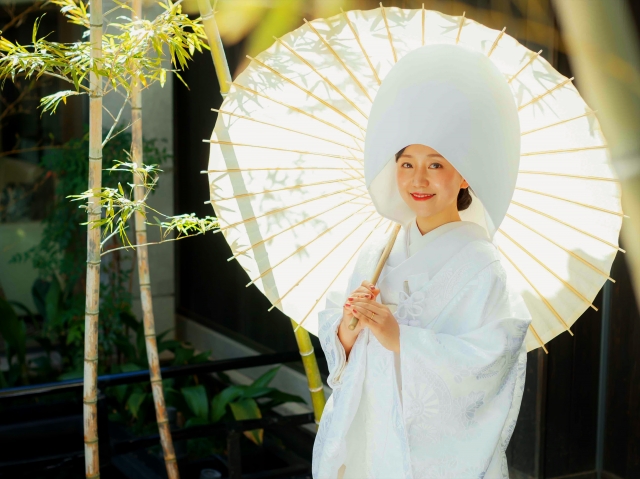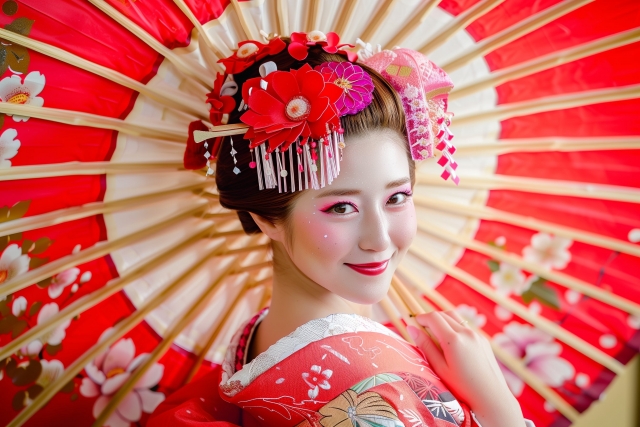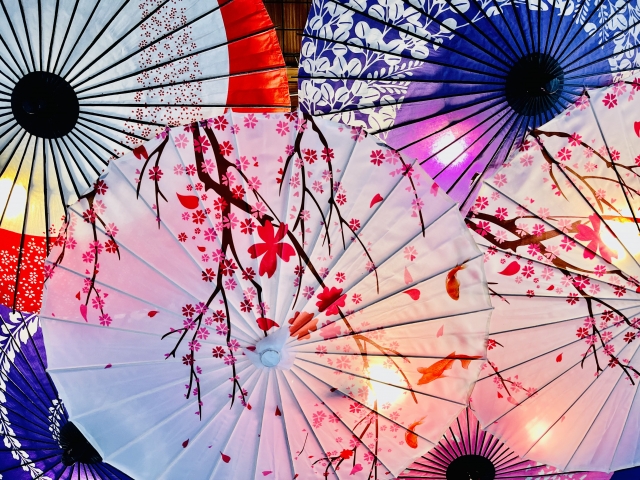Introduction In much of the Western world, umbrellas are associated with rain. But in Japan, there’s a quieter, more elegant tradition: the higasa, or Japanese sun umbrella. Far more than a tool for shade, the parasol is a symbol of grace, beauty, and seasonal mindfulness.

A Brief History of the Japanese Parasol The parasol has a long-standing place in Japanese culture, originally used by aristocrats and performers. Crafted from bamboo and washi paper, traditional parasols were once indicators of social status and aesthetic taste. Today, they remain both practical and poetic.
Form and Function Higasa are typically lightweight and made for sun protection, not rain. They often feature floral patterns, dyed fabrics, and soft colors that align with kimono or yukata. More modern versions may include UV protection, but many people choose them simply for the timeless look.

A Cultural Statement Using a parasol in Japan isn’t just about avoiding the sun—it’s about preserving beauty, reflecting seasonality, and expressing personal elegance. Women in particular often coordinate parasols with summer outfits during festivals or strolls through gardens.
Not Just for Women Although often seen as feminine, parasols are gaining quiet popularity among men as well, especially those who appreciate traditional aesthetics or who practice mindful, sun-conscious living.
Global Curiosity For many outside Japan, the idea of using a parasol may seem outdated or unusual. But as global awareness of skin care and slow fashion grows, so too does interest in the parasol as a stylish, sustainable accessory.

Conclusion The Japanese parasol is more than shade—it’s a gesture. A reminder to slow down, dress with purpose, and walk with grace. Whether under the soft petals of cherry blossoms or the summer sun, the higasa carries centuries of tradition in each delicate fold.




コメント